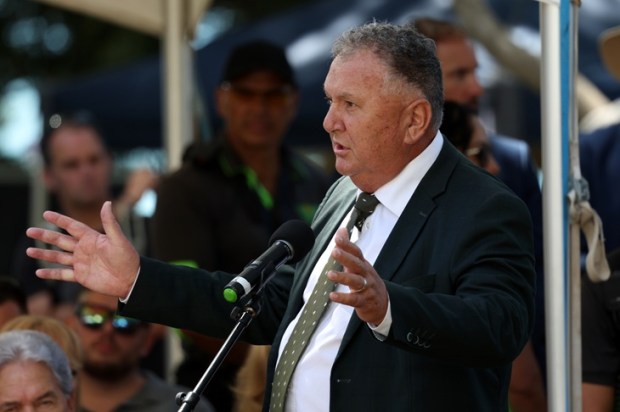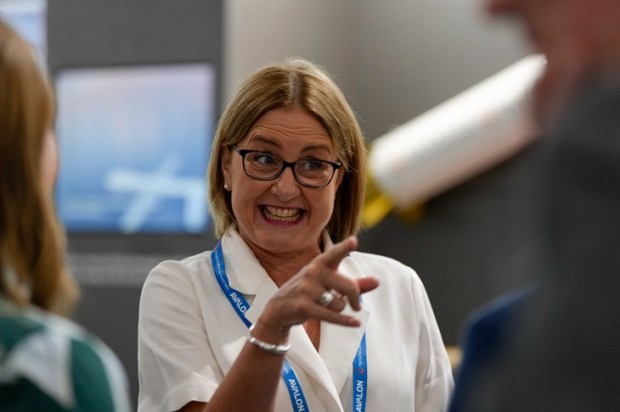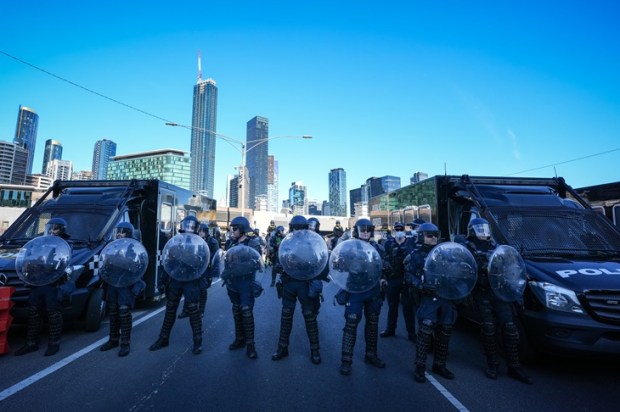If the Statue of Liberty were to keel over this morning, odds are someone would notice. There’d be chunks of car-sized debris dotted with confused seagulls, squawking at the mess. The grim scene might find itself in silhouette, bracing a sea of flickering light created by thousands of Instagramming tourists. Now consider this accident replayed with a couple of hundred-metre machetes spinning at high-speed. RIP seagulls and tourists.
This is a situation faced by those living around wind farms when something goes catastrophically wrong with the steel and concrete monsters lurking in their paddocks. Inevitably, as the sheer volume of wind turbines increases, so too does the incidence of mechanical faults. The industry is experiencing a worrying spike in accidents where these structures buckle and collapse, often without warning.
One of the largest turbines to hit the ground did so hours before its official launch. It was a frightening 239 metres high. Collapsing in a German forest back in 2021, its demise triggered an investigation by authorities which eventually blamed ‘weak points in the pre-stressed concrete part of a hybrid tower’.
Worlds away, a 122-metre turbine toppled over in Wisconsin with such force buildings nearby were said to shake. It was one of half a dozen beasts collapsing across American wind farms.
Their untimely demise is starting to put a dent in the already disappointing life expectancy pitched at around 20-odd years. At some point, even the most devout renewable enthusiast will have to admit that we are pouring a lot of physical resources into short-lived technology.
If coal-fired power plants and nuclear reactors died as quickly and failed as frequently as wind turbines, governments would be asking serious questions about reliability and safety instead of feathering the nests of their parent companies with public money and climate virtue. After all, there’s nothing particularly safe about skyscrapers falling over.
Some have pointed out that these accidents are happening ‘in rural areas’ – as if that somehow mitigates the severity. Wind turbines already have significant drawbacks for farmers who take green money in exchange for hosting them on private land, and that tidy arrangement may not endure if the risk of injury, fire, and property damage comes as a package deal with ugliness, noise pollution, and the wasting of agricultural land.
Dare we say that wind turbines are on the road to being ‘safe and effective’?
In a major problem for the industry, these colossal tributes to green power are not falling over due to a single design fault but rather a collection of diverse errors which experts warn may multiply as companies create bigger and wider specimens. This is bad news as it suggests the sheer size is causing failure points that do not have a common, easy fix. There’s no industry patch that can be uploaded and signed off on. Engineers have to wait for a failure to occur before studying the cause.
These failures are dramatic. One turbine in a wind farm in the Netherlands left a crater in the road after it was overwhelmed by high winds, while others remain under investigation with manufacturers searching for an explanation including issues with the blades.
These accidents and faults are causing hundreds of millions of dollars to fix and it is inevitable that insurance prices for wind farms will rise as a result. All of which is testing the definition of cheap in cheap energy.
The CEO of one of these insurers, Gcube Underwriting, reportedly told Bloomberg, ‘We’re seeing these failures [in wind turbines] happening in a shorter time frame on the newer turbines, and that’s quite concerning.’
It seems that just as rushing through millions of ‘cheap’ publicly subsidised electric vehicles made in China has rapidly increased lithium battery fires, ramping up production on wind turbines has potentially jeopardised quality.
Determining how widespread this problem is cannot be easily achieved, as the statistics on wind turbine failure are essentially limited to news reports rather than a searchable public database. From available compiled data, accidents are more frequent than most citizens realise, particularly for offshore wind farms, which cop a battering. As with so many of these planet-saving technologies, rose-coloured propaganda vastly outweighs statistical data.
In the same way dinosaurs drunk on an oxygen-rich environment inflated to unsustainable proportions, wind turbine size is spiralling out of control with companies competing in the world’s most embarrassing d*ck measuring competition. So much for ‘taking it easy on mining’ to save the planet, eh? Each one of these monsters requires a sizeable hole in the ground – and maybe even a bit of ocean-floor ravaging forcing green groups to cover their eyes and hum loudly in denial.
When Renew Economy asked if the wind industry has gone ‘too big, too fast?’ it’s hard to disagree with the general thrust of their answer. The industry is watching some companies being crippled under the cost burden of repairs, cleanup, and warranty call-outs with a general loss of trust impacting future orders.
Don’t expect Australia to learn anything from the global experience. Our state governments are stuck in the ‘bigger is better’ frenzy – encouraged by Albanese’s delusional ambition to reach Net Zero from the cabin of his near-constant flight path.
It’s fair to say that if it happened to be raining hundred-metre blades in the centre of Sydney, the Teals would be facing a backlash for their pro-turbine election campaign. However, Liberal and National-voting country folk are the ones that have to deal with the nasty end of the renewable industry and it looks as though conservative politicians – well, most of them – don’t have the balls to speak against the state religion.
Random collapse is not the only issue facing wind energy. Europe is turning on the whole venture, with residents sick to death of these noisy eyesores clogging up their horizons. Communities are banding together, often with indigenous and green groups, to sink wind projects with endless litigation.
Wind is dying out, just as their fellow gargantuan dinosaurs before them.
The only question that remains for Australia is do we have the courage to fight Albanese on the issue of wind before Labor destroys the entire East Coast of Australia… It’s a once-in-a-generation battle to save our pristine shorelines from climate hubris.
In one of the only examples of useful Indigenous meddling, the Minister for Climate Change and Energy, Chris Bowen, had his plans for a near-shore wind farm between Port MacDonnell and Warrnambool suffocated by spiritual blak tape.
It’s politically impossible to criticise these decisions or show any kind of frustration, and so the announcement that the farm would have to be moved somewhere else was ‘welcomed’. We welcome it too – so long as massive wind farms like this are never granted a home.
Our children will not thank us for rotting concrete and steel corpses left in the sea – particularly if they keep falling over.
Flat White is written and edited by Alexandra Marshall.

























